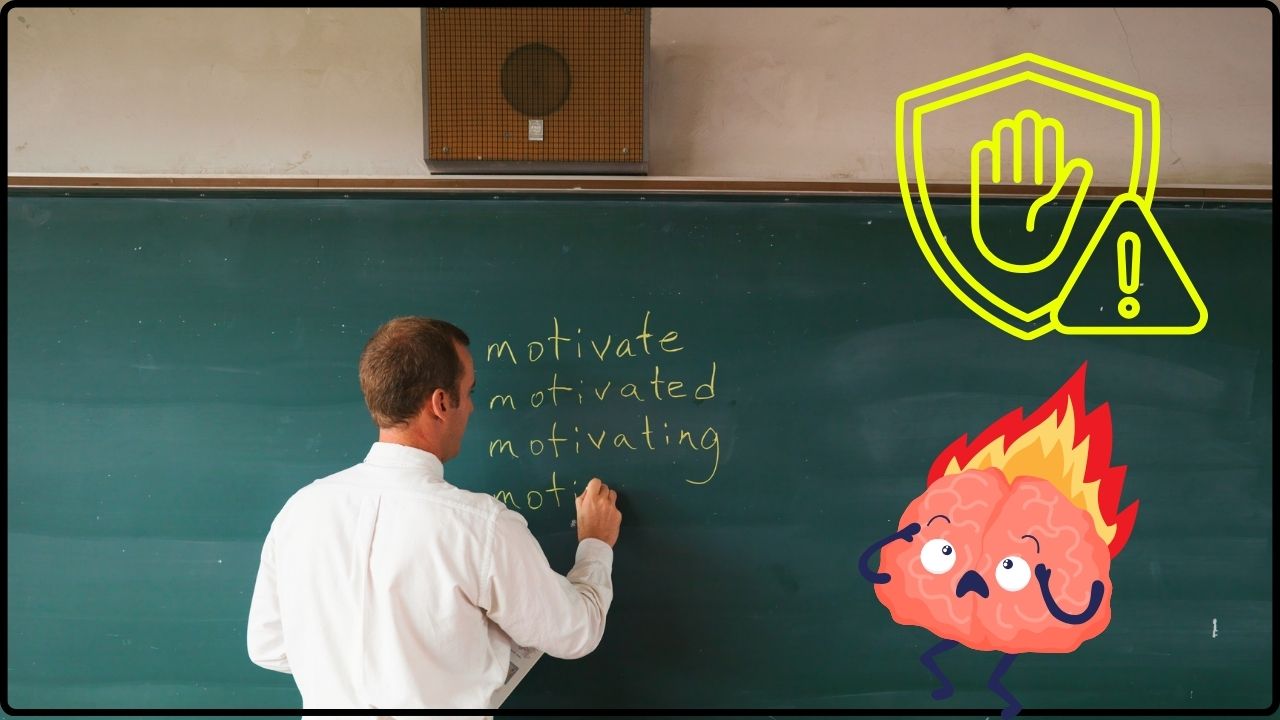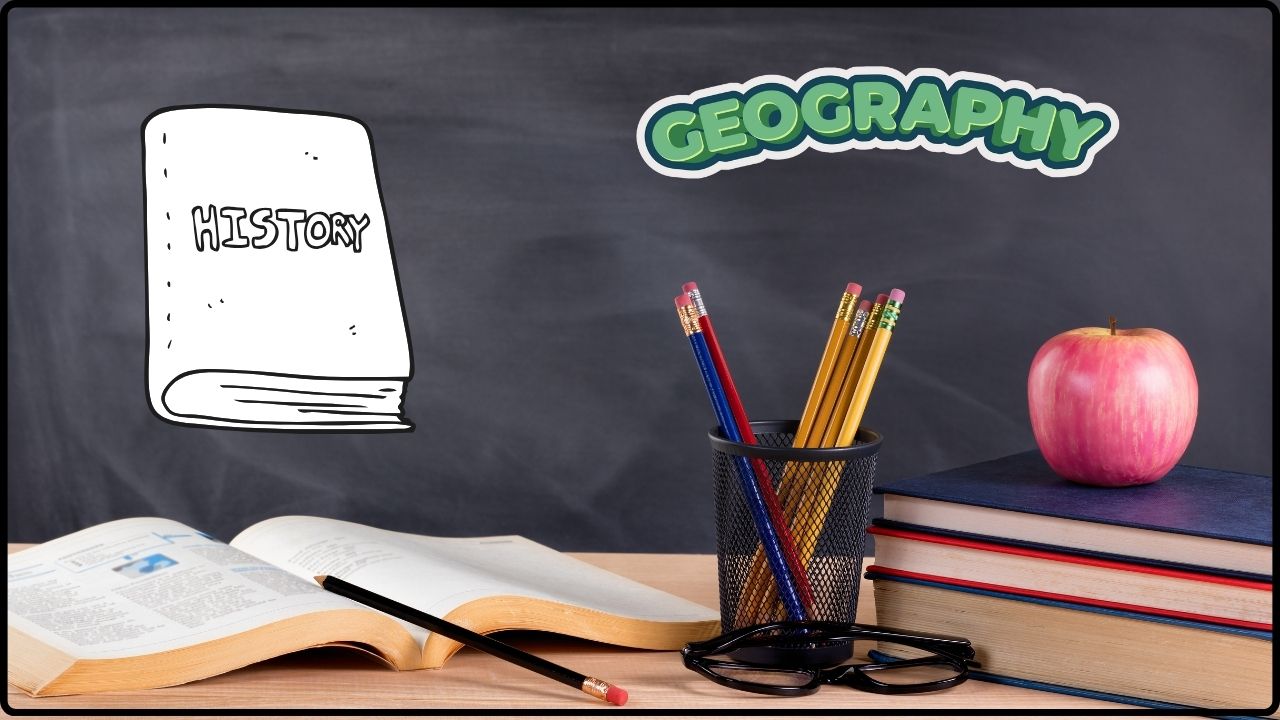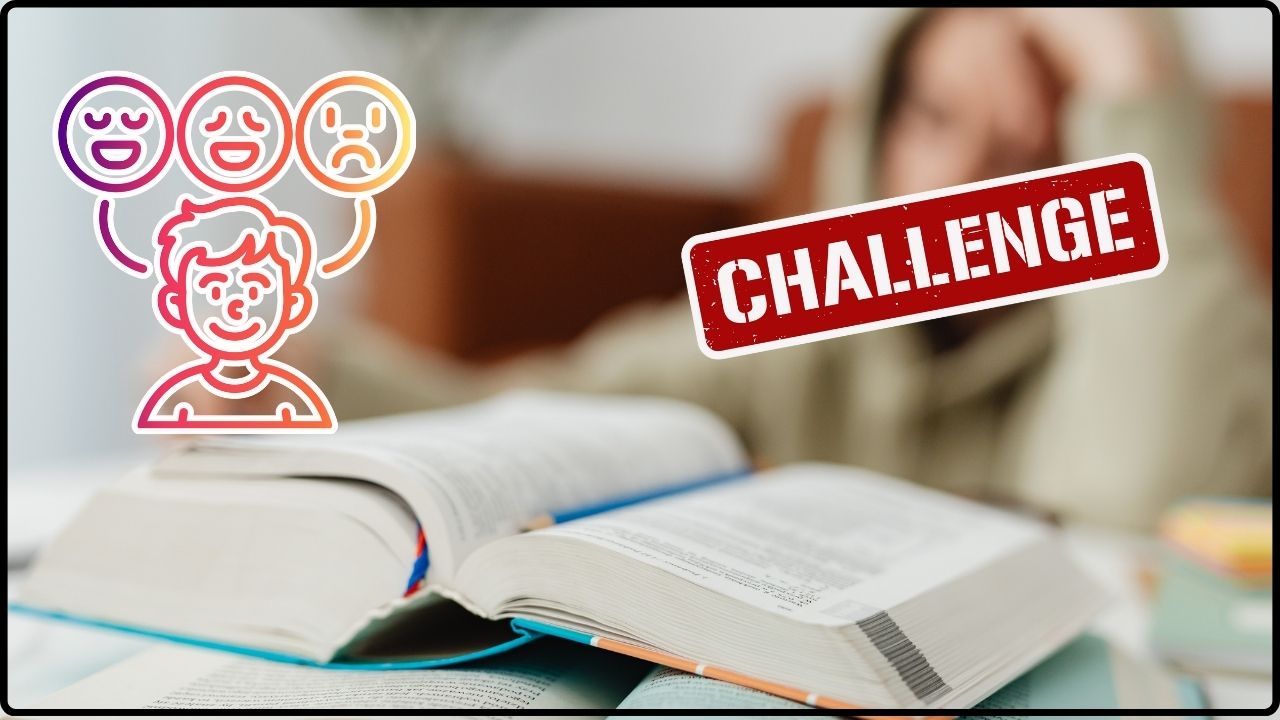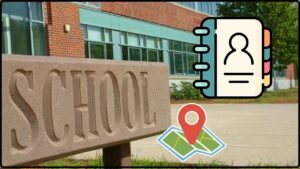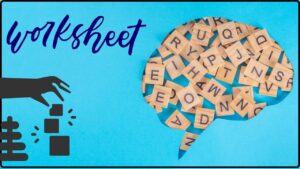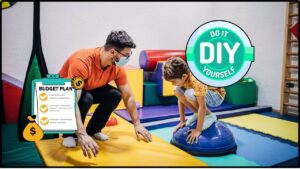Peer Support Networks: In today’s US schools, inclusion is more than just a buzzword; it’s a movement to make sure every kid—no matter their abilities—can thrive, feel valued, and be part of the crew. One awesome way schools do this is through peer support networks, especially programs that train students to be “Inclusion Buddies.” But what does it mean to be an Inclusion Buddy, and how do schools train students for this important role? Let’s break it down in a way that’s clear as day, whether you’re a parent, educator, or just curious about how this works. Inclusion Buddies are students trained to support their peers who have disabilities or special needs, helping to create a welcoming, supportive environment both inside and outside the classroom. They’re not just helping with academics but offering friendship, encouragement, and practical support during recess, lunch, or school transitions. It’s like having a go-to pal who helps make school a better place for everyone.
Table of Contents
Peer Support Networks
Training students to be Inclusion Buddies isn’t just a classroom add-on—it’s a powerful strategy that transforms school culture to be more empathetic, supportive, and inclusive. When buddies are chosen carefully, trained thoroughly, and supported by adults, they build friendships that boost confidence, participation, and well-being for everyone involved. Inclusion Buddies help turn the idea of inclusion into a lived, experienced reality daily—because every kid deserves to feel welcome and valued. This buddy system is backed by both heart and science, making it a must-have strategy in schools across the USA today. Whether you’re a teacher, parent, or school leader, starting a peer buddy program can be the game-changer your school needs.
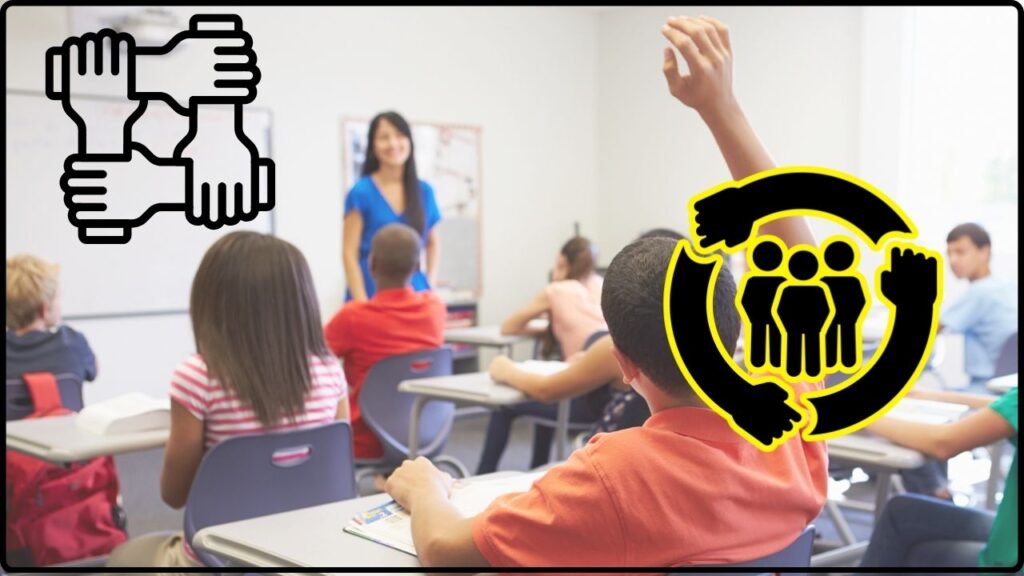
| Aspect | Details |
|---|---|
| Purpose | Promote full social & academic inclusion of peers with disabilities |
| Training Focus | Disability awareness, social skills, communication, boundaries |
| Benefits | Boosts empathy, leadership, reduces bullying, fosters friendships |
| Implementation Tips | Small support teams, adult coaching, scheduled buddy times |
| Data-Backed Impact | Peer support linked to better social inclusion and reduced isolation |
Why train students as Inclusion Buddies?
Let’s get real. Schools can’t put a grown-up with every kid all day, and that’s where peer buddies jump in. Research shows that peer buddy systems can greatly boost a student’s sense of belonging, reduce feelings of isolation, and improve social skills—not just for the kids being supported but for the buddies themselves too. It’s a win-win.
More than just academic aides, Inclusion Buddies help break down stereotypes and foster genuine friendships across diverse groups. This helps build empathy and social emotional skills that stay with students well beyond the classroom.
Inclusion also aligns with federal laws like the Individuals with Disabilities Education Act (IDEA), which mandates equal access to education for students with disabilities. Buddy programs help schools meet these legal requirements by creating natural support systems that enhance learning and social opportunities.
Step-by-Step Guide to Peer Support Networks
Step 1: Selecting the Right Students
Start by identifying students who show empathy, patience, and a genuine interest in helping others. It’s important to involve volunteers rather than assigning kids arbitrarily because enthusiasm makes a huge difference. Avoid only picking “top performers”—inclusion means everyone has a role to play, and peer buddies should represent diverse students.
To make this process smooth and fair, schools might hold information sessions where students can learn about the buddy role and decide if it’s right for them. Teachers and counselors can also recommend kids who have demonstrated kindness and maturity. It’s helpful to strive for gender balance and consider students from different social groups, so the buddy network truly reflects the whole school community.
Step 2: Build Disability & Inclusion Awareness
Offer short, engaging lessons to teach buddies about different disabilities and why inclusion matters. This helps bust myths like “helping means pity” and instead teaches buddies to ask what their peers need. Role-playing and storytelling work great here, making the learning interactive and memorable.
Explain the difference between support and “doing everything” for someone. Buddies should empower peers to be as independent as possible and respect their choices. Using videos, guest speakers, or firsthand accounts can deepen understanding.
Step 3: Teach Practical Support Skills
Inclusion Buddies learn how to:
- Help academically by clarifying instructions, sharing notes, or partnering for reading, but not by giving answers.
- Include socially by inviting peers to join games, explaining social cues, or adapting activities so everyone can participate.
- Use communication tools like gestures or visuals for friends who communicate differently.
This step is crucial so buddies know exactly what to do—and what not to do.
It’s important to include scenarios buddies might face, such as what to do if a peer feels overwhelmed or struggles during a group activity. Teaching patience and flexibility empowers buddies to respond thoughtfully.
Step 4: Set Boundaries & Promote Safety
Buddies are peers, not staff replacements. They should never handle medical tasks, solve behavior issues alone, or physically move someone without permission. Teach buddies when and how to seek adult help if needed. This keeps everyone safe and ensures buddies feel supported, not overwhelmed.
Clarify these boundaries early to avoid misunderstandings. Buddies should feel confident they have adults backing them up and know who to turn to for help.
Step 5: Schedule & Monitor Buddy Time
Buddy roles work best when incorporated into the school day with clear schedules—whether during group projects, recess, or lunch. This builds routine and lets buddies know when they’re “on duty.” Adult coordinators (teachers or counselors) should check in regularly to coach buddies and address any challenges early on.
Scheduling can be flexible but consistent enough that everyone understands their responsibilities. Having a visual calendar or buddy roster in classrooms helps remind buddies when and where to offer support.
Step 6: Reflect and Adjust
Encourage buddies to share their experiences in brief group check-ins or personal journals. What went well? What was tricky? Reflection helps buddies grow in confidence and lets coordinators tweak training and support to keep things running smoothly.
Reflection sessions also foster empathy among buddies themselves, improving peer relationships across the grade or school. It’s a great way to celebrate successes and brainstorm solutions together.

Real-Life Examples: How Schools Make It Work
- Mustard Seed Preschool runs a peer buddy program that not only boosts social skills for kids with disabilities but also builds leadership and empathy in the buddies themselves.
- Grand Canyon University education projects highlight how buddy systems reduce classroom bullying and increase involvement for special needs students.
- Inclusive classrooms across the US report improvements in students’ social connections and academic results when peer supports are part of everyday learning.
Some schools even extend buddy roles to help new students adjust during orientation or transition periods, making buddies ambassadors of kindness and inclusivity.
Data & Impact You Can Trust for Peer Support Networks
- Studies show peer support reduces loneliness by over 50% and anxiety by nearly the same margin for students involved.
- Nearly 90% of participants in peer buddy programs report feeling better socially and emotionally after regular involvement.
- The US Department of Education and IDEA laws promote these supports as essential for providing Free Appropriate Public Education (FAPE) to students with disabilities, making buddy systems part of legal inclusive education frameworks.
Schools that implement these programs often see a measurable drop in bullying incidents and absenteeism among students with disabilities, illustrating the wide-reaching benefits of social inclusion.
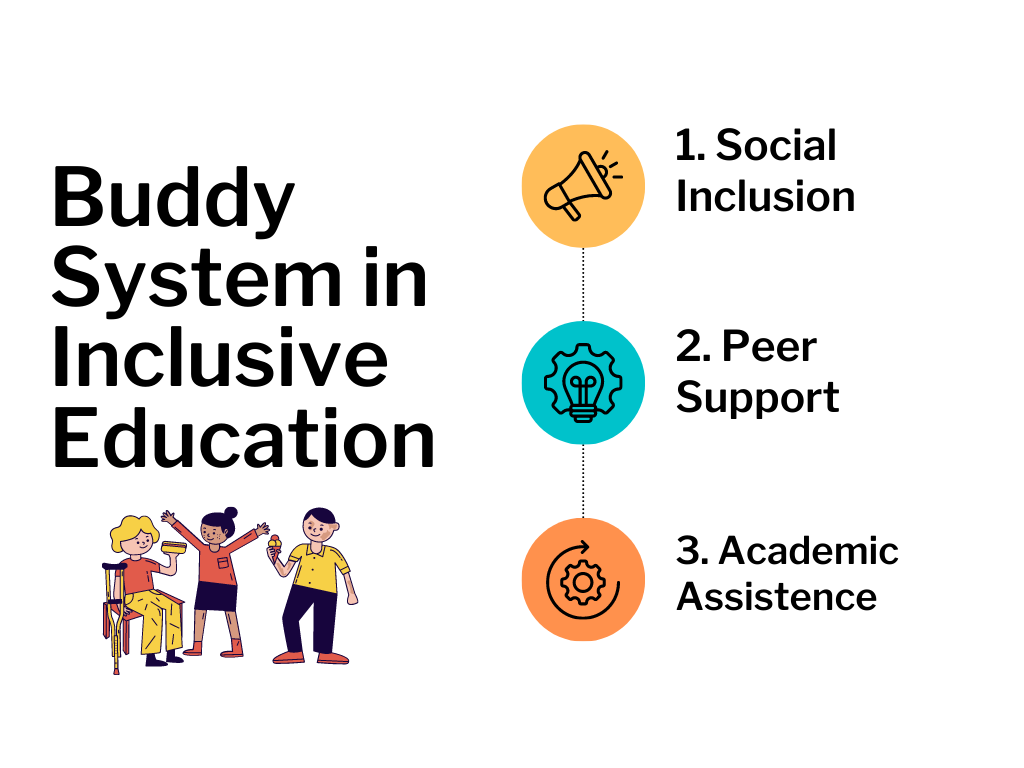
Inclusive Physical Education: Games and Adaptations for Mixed-Ability Groups
Dyslexia in the Regular Classroom: How to Adapt Texts and Tests for Success
Managing ADHD in the Classroom: 5 Proven Strategies for Serbian Schools



